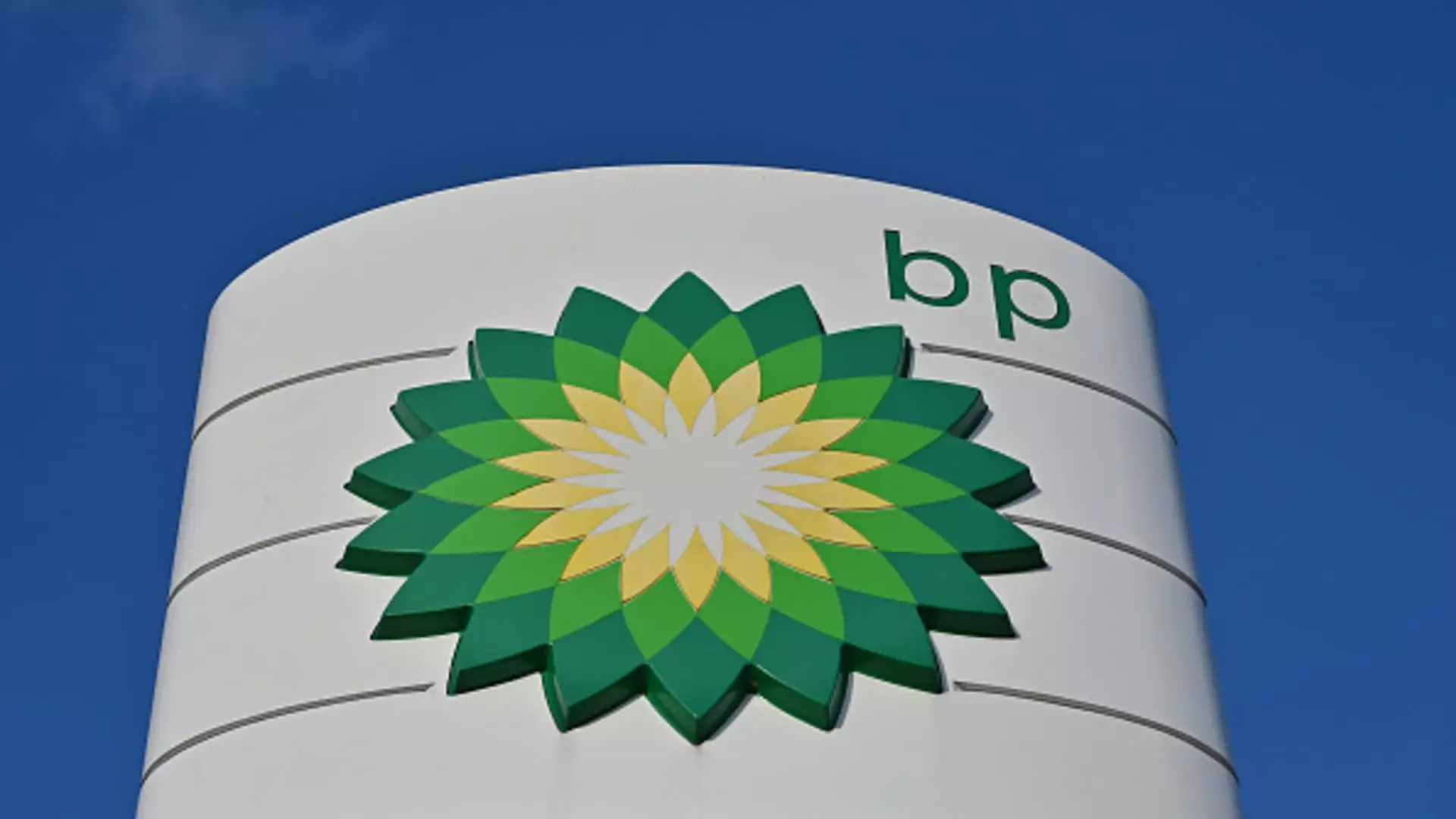British oil giant BP recently reported stronger-than-expected net profit for the second quarter, surpassing analyst expectations and raising its dividend by 10%. The company’s underlying replacement cost profit stood at $2.8 billion for the quarter, indicating a positive outlook for cash generation. Despite warnings of significantly lower refining margins, BP seems to have turned the tide in its favor, much to the delight of shareholders.
In the midst of positive financial results, BP also confirmed a writedown of $1.5 billion, partly due to a plan to scale back refinery operations at its Gelsenkirchen plant in Germany. This move underscores the company’s commitment to cost reduction and streamlining operations for better efficiency. CEO Murray Auchincloss highlighted the importance of driving focus across the business and reducing costs while simultaneously building momentum towards the company’s goals for 2025.
BP’s net debt decreased to $22.6 billion at the end of the second quarter, down from $23.7 billion compared to the same period last year. This reduction in debt is a positive sign for investors, indicating a healthier financial position for the company. Despite a 2% rise in share price following the earnings report, BP’s stock performance year-to-date has seen a decline of approximately 0.7%. In comparison, rivals like Shell and Exxon Mobil have seen more favorable performance in the market.
The second-quarter results come at a crucial time for BP as the company strives to rebuild investor confidence in its strategy. Analysts at RBC Capital Markets characterized the earnings as “resilient” with a dividend increase that met market expectations. The reduction in net debt was also seen as a positive move, addressing concerns that had previously affected BP’s investment case. However, pressure from activist investors and strategic shifts have raised questions about the company’s direction moving forward.
Under previous leadership, BP had made ambitious pledges to reduce emissions and invest in renewable energy sources. However, recent reports suggest that the company has scaled back on these commitments, opting to keep investing in oil and gas to meet demand. This shift in strategy has caused concern among environmental advocates and investors who are increasingly focused on sustainability and decarbonization efforts. The decision to freeze hiring and pause renewable energy projects highlights the challenges BP faces in balancing traditional energy sources with the growing demand for green initiatives.
While BP’s second-quarter results may have exceeded expectations in terms of financial performance, the company’s overall strategy and commitment to environmental sustainability pose significant challenges. Rebuilding investor confidence, managing costs, and navigating the transition towards a greener energy landscape will be key factors in determining BP’s future success. As the energy sector continues to evolve, BP must adapt and innovate to stay competitive and meet the changing demands of stakeholders and the market.

